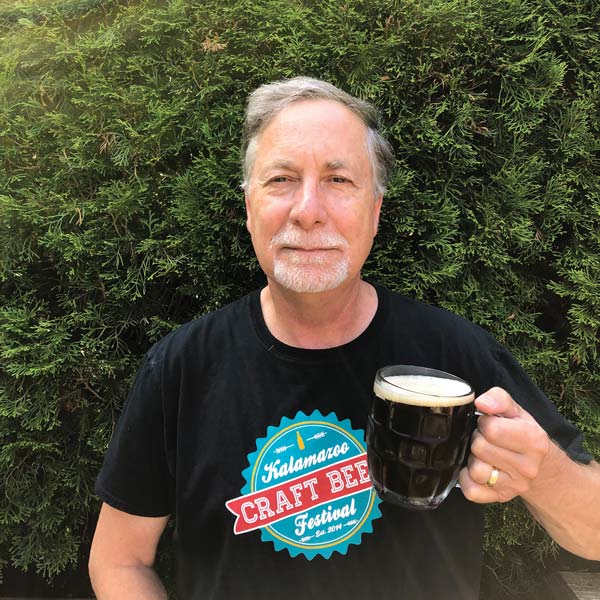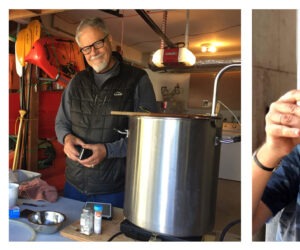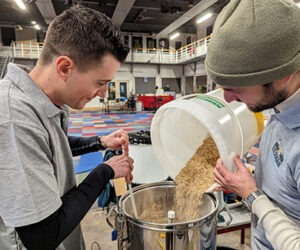By The Pint: Enjoying traditional British ales for 50 years

During my final year of undergraduate study in 1976 I had the opportunity to tour the Molson Brewery on Rue Notre Dame in Old Montreal, Canada, with my Industrial Microbiology Class from the State University of New York at Plattsburgh. That Molson location established in 1786 is the oldest continuous brewery in North America to this day. At the end of the tour we entered the Hospitality Room. Free beer for thirsty students of legal drinking age and my most memorable beer was Molson Porter. Although the fresh 6% Molson Export Ale wasn’t too shabby. So different from the Schaefer, Ballantine, Schlitz, and Budweiser beers I had cut my baby teeth with. Thus began my love of dark beers and ales.
Move ahead a few years to 1978, and I was now in Oxford, England, completing graduate studies when I fell in love with traditional British ales. Most notably, local Best Bitter from John Morrell Brewing and various brown ales from the south of England. Like all smart microbiology students I, along with my newlywed wife Vickie, began to homebrew while in Oxford. It was easy to do as the local Boots pharmacy had cans of hopped liquid malt extract and packets of British ale yeast. Just add a bit of water and sugar and then wait a few days using a plastic bag as a batch fermenter in a pasta pot.
Along with poor sanitation, we made 8–10% alcohol brews that were very rough. The bomber bottles were conditioned using plastic snap-on beer caps. Yes — a few would open in the night in our airing cupboard, which was the only consistently warm spot in our flat, and we would smell spilled brown ale upon waking up to the start of the day. No waste allowed as we just recapped the bottles for the remainder of the day to carbonate.
Once we were back in the U.S., and living in Kalamazoo, Michigan, of all places, I took a position as a research scientist. Homebrewing was illegal in the U.S. at that time but a man named Larry Bell had recently opened a homebrew shop there. That same gentleman later started Bell’s Brewery in 1985 and I was a fortunate enough to have an easy walk to Bell’s Eccentric Cafe. Things were rough for Bell’s at first as the equipment was rudimentary. Bell’s eventually added a wonderful Best Brown and collection of stouts — way before Oberon and Two-Hearted Ale hit the scene.
We had later moved to Ann Arbor, Michigan, and after an early retirement I began work at a new taproom called The Beer Grotto, as a part-time bartender. I had access to wonderful beer from the U.S. and Europe. Plus, the crowd was always entertaining as the craft experience for many of them was just beginning. This was fun to watch, indeed. But most traditional British-style beers were ignored except for a few very well-made American porters. Still, I remained in love with those traditional British ales having participated in and gained awards at local, state, and national contests for homebrew.
Like all smart microbiology students I, along with my newlywed wife Vickie, began to homebrew while in Oxford.
My approach to brewing, like in science, is to keep it simple. This has served our homebrewery, Empty Nest Brewing, well. The beers that we have produced are both pleasurable to make and enjoy. Wherever we live our neighbors like us. Always fun to share craft beer and conversation.
Today, we live in the north Seattle area and I have enjoyed seeing the “youngsters” including my son and daughter and their spouses begin to enjoy simple bitter, pale, and brown ales from places like Machine House in Seattle. Many U.S. craft breweries now have at least one bitter or brown and a porter or stout available for their customers on tap. Younger drinkers have also discovered lower-alcohol, simply made, quality beer from the multitude of brewers here in the States. Cheers!



